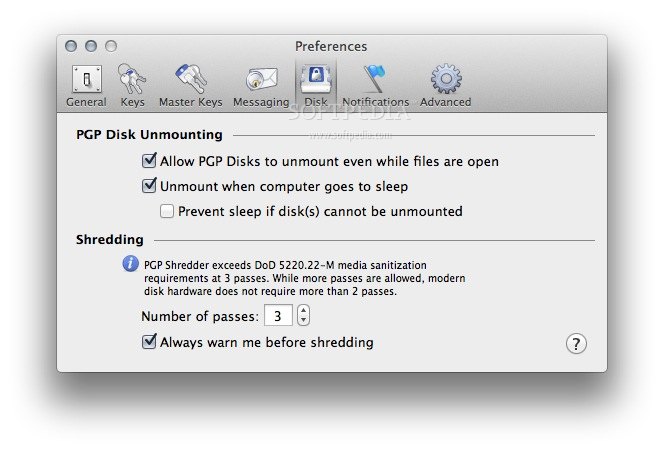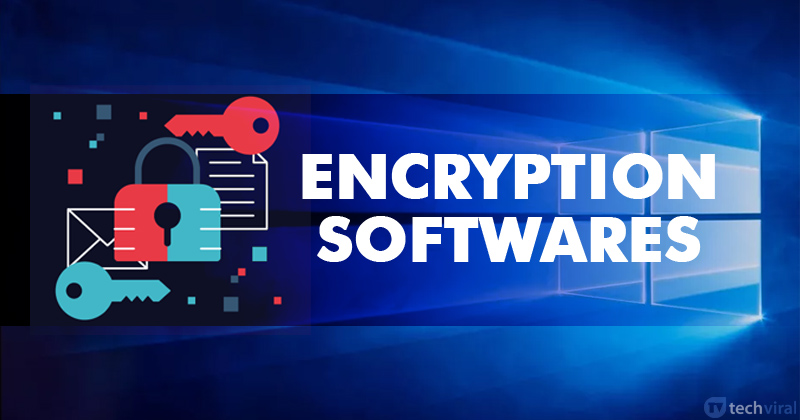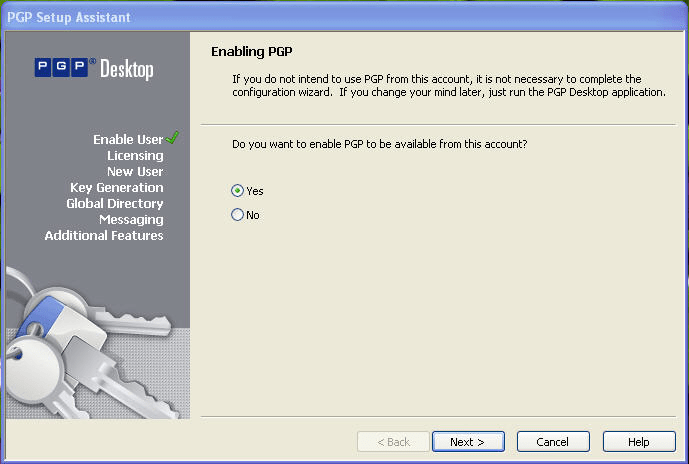
The biggest issue is how best to authenticate the public keys. While the math behind PGP is considered bulletproof, there are many possible exploits. If someone gains access to your computer, they could also gain access to your private key. This is why you need to keep your private key private and why it can be dangerous if your computer is compromised. You can also use it to sign files and statements as Alice. On the other hand, if you have Alice’s private key you can use it to access files that were intended only for her.

You can also verify Alice’s signatures to confirm a file really came from her, or that she really did make a public statement attributed to her. Let’s say you receive Alice’s public key, you could use it to create files or text that are only readable by Alice. Read more: Cybersecurity lessons: Safer private keys with Shamir’s Secret Sharing It does not need to be connected to your real identity or email address, but caution is needed, so as to not mix up the keys! The private key stays on the user’s computer, and the public key can be safely uploaded to the web or given to other users. In PGP, every user needs to create a public key and a private key. However, the PGP signing feature does the exact opposite of keeping you anonymous it is used to digitally prove you wrote a statement or reviewed a file.īecause of these open standards, it has become possible to create a variety of software for all devices that can interact with another. It can greatly enhance anonymity when used together with software like Tor. The main uses are to keep the content of your data private and ensure the authenticity of all communication and files.

Read more: How to back up your files and encrypt them How does PGP work? investigated Zimmermann for three years but dropped all accusations in 1996. The rationale was that while munition was strictly controlled, the text was protected by the First Amendment.

To contest these regulations Zimmermann printed the source code in books, then distributed them around the world. In the early ’90s, encryption software was still classified as military munition, and its export was strictly prohibited. Zimmerman created PGP and released the software free for everyone, and included the source code in every release.

Zimmermann was a known anti-nuclear activist in the 1980s and ’90s who wanted a way to store files and information outside the government’s reach. There is also an implementation of PGP, which has been available under a GPL license called GNU Privacy Guard (GPG) since 1999. It was created in 1991 by Phil Zimmermann and was released as an open standard called OpenPGP in 1997. It can be used to encrypt text, files, emails, or entire disks.


 0 kommentar(er)
0 kommentar(er)
